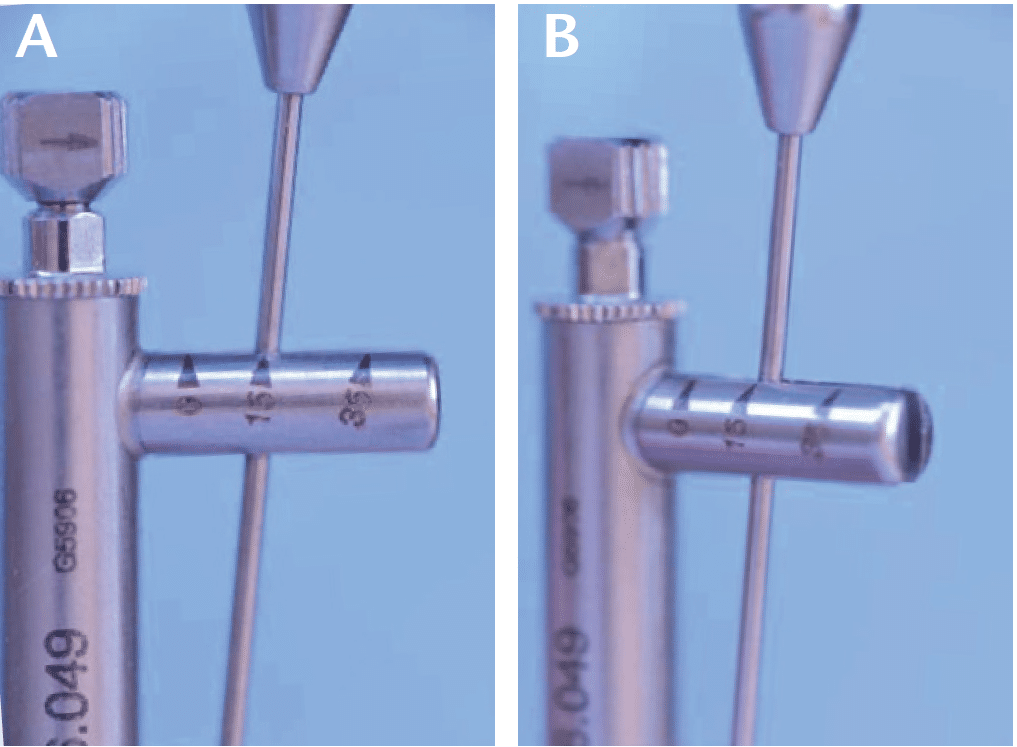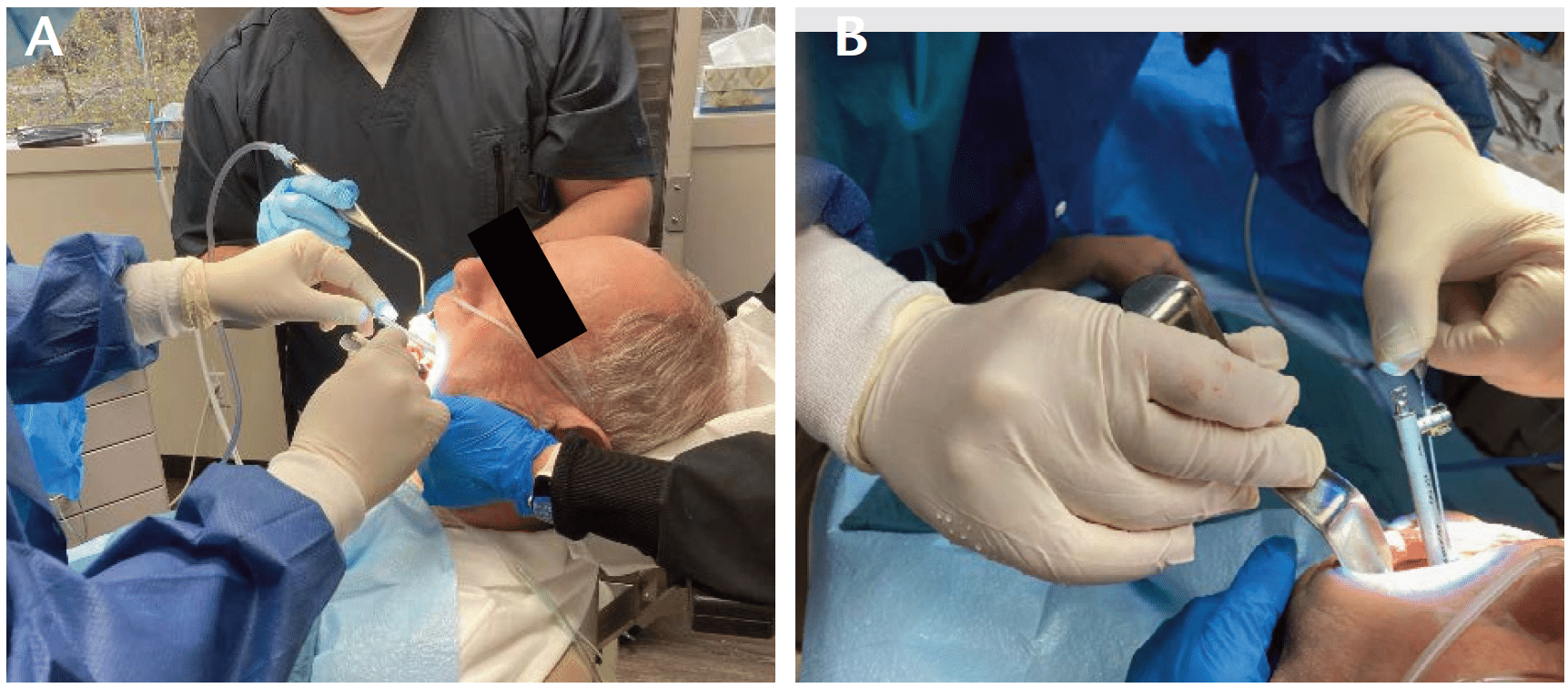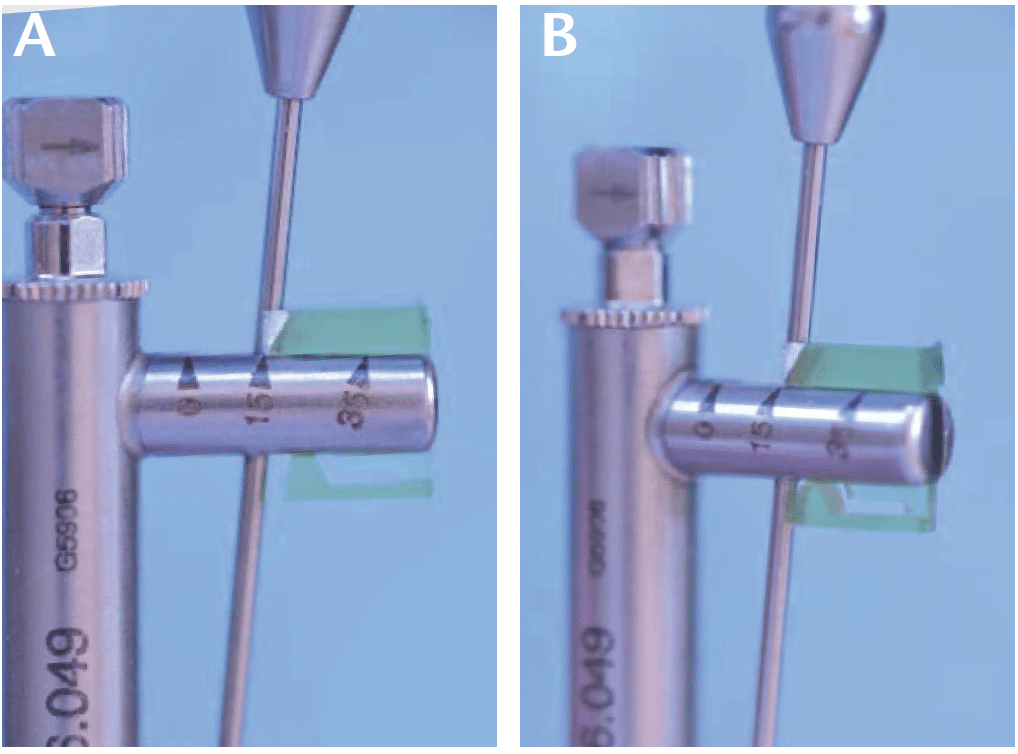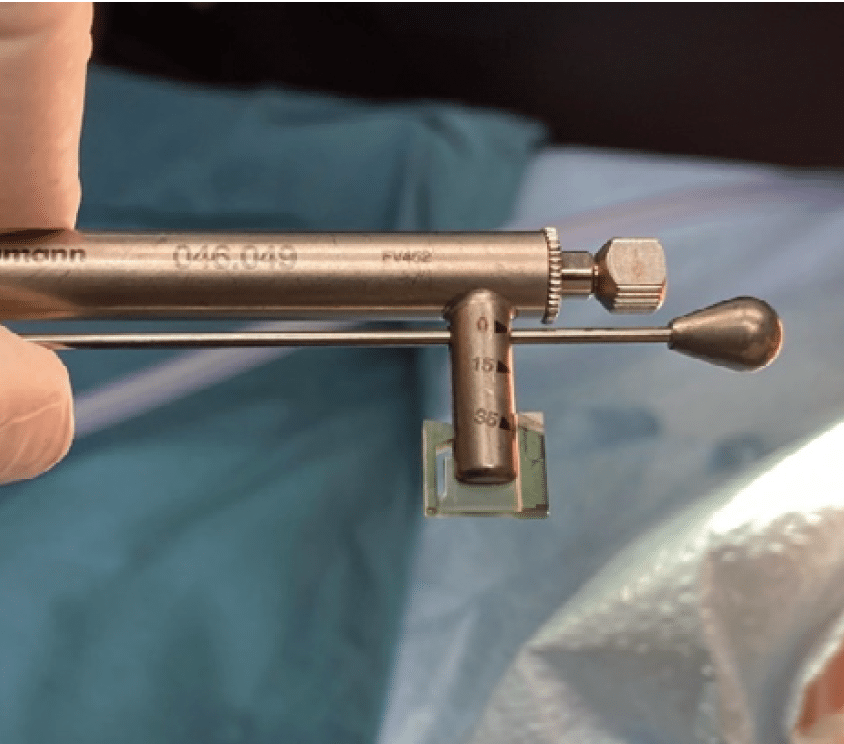Clinical Insights: Increase the Stability of Dental Implants
A new tool ensures you can generate enough torque to support the long-term health of screw-retained implants
Stability is critical for the long-term success of dental implants.1–3 Achieving initial stability during implant surgery requires a minimum torque, but the precise value is not clearly defined. Typically, a rotational force of 30 N-cm or more is used to place an implant into a healed or fresh extraction site before immediate loading. Ensuring a measure of torque is important for monitoring the implant healing process and providing biological stability.1
Implant torque limiting devices are used to measure and control the tightening torque of implants. Electronic and manual versions exist.4 Of the manual wrenches, there are two common types: implant-toggle style and implant-beam torque wrench.
The implant-beam torque wrench is preferred for its simple design, low maintenance, and accuracy. However, it has several limitations, including the parallax effect induced by operator viewing position.5,6 If the viewing angle is not precisely 90° to where the cantilever beam crosses the measurement scale arm, it can lead to measurement read error (MRE). See Figure 1A and 1B. The MRE is dependent on several factors, such as operator viewing angle, direction the torque device is being activated, torque being applied, and design of the beam torque wrench.

During implant surgical procedures, it can be challenging for the surgeon to view the implant beam wrench at 90°, leading to errors in assessing the peak torque value (Figure 2A and 2B). This can be especially problematic in softer bone, which may impact the long-term success of the implant. MRE in implant dentistry has been shown to increase as the viewing angle grows, leading to measurement errors of either over- or under-read up to 50% under-torque.7

To address this issue, a simple device has been developed. The SmartMarker (implantwisedental.com) is placed on the implant beam torque wrench with the triangular marks opposing each other. When the implant beam wrench is activated, the SmartMarker is pushed as the beam is deflected. This helps to reduce measurement beam error and record the maximum torque applied by the beam wrench.
Side angle photographs with and without the device can be compared to see the reduction in MRE (Figure 1 and 3). On completion of the torque tightening, the implant beam wrench is removed, and the SmartMarker is inspected to confirm the peak or maximum desired torque is achieved (Figure 4). If not, the screw is further adjusted by retightening or loosening.

The SmartMarker is also used in the restorative phase of implant treatment, as a way of reducing read error and recording peak torque. In restorations that contain screws, it is important not to under- or over-tighten as either could result in premature screw loosening.

In conclusion, an implant cantilever beam torque wrench can be used to measure implant stability. However, the SmartMarker device can help reduce measurement read error and record the maximum torque applied by the beam wrench, thereby providing an improved assessment of insertion torque during surgical placement of an implant.
REFERENCES
- Greenstein G, Cavallaro J. Implant insertion torque: its role in achieving primary stability of restorable dental implants. Compend Contin Educ Dent. 2017;38:88–95.
- Marco Degidi M, Daprile G, Piattell Ai, Iezzi G. Development of a new implant primary stability parameter: insertion torque revisited. Clin Implant Dent Relat Res. 2013;15:637–644.
- Trisi P, De Benedittis S, Perfetti G, Berardi D. Primary stability, insertion torque and bone density of cylindric implant ad modum Branemark: Is there a relationship? An in vitro study. Clin Oral Implants Res. 2011;22:567–570.
- Albayrak H, Gumus HO, Tursun F, Kocaagaoglu HH, Kilinc HI. Accuracy of torque-limiting devices: A comparative evaluation. J Prosthet Dent. 2017;117:81–86.
- Gutierrez J, Nicholls JI, Libman WJ, Butson TJ. Accuracy of the implant torque wrench following time in clinical practice. Int J Prosthodont. 1997;10:562–567.
- McCracken MS, Mitchell L, Hegde R, Mavalli MD. Variability of mechanical torque -limiting devices in clinical service at a US dental school. J Prosthodont. 2010;19:20–24.
- Vallee MC, Conrad HJ, Basu S, Seong WJ. Accuracy of friction-style and spring-style mechanical torque limiting devices for dental implants. Prosthet Dent. 2008;100:86–92.
From Decisions in Dentistry. June 2023;9(6):20.


